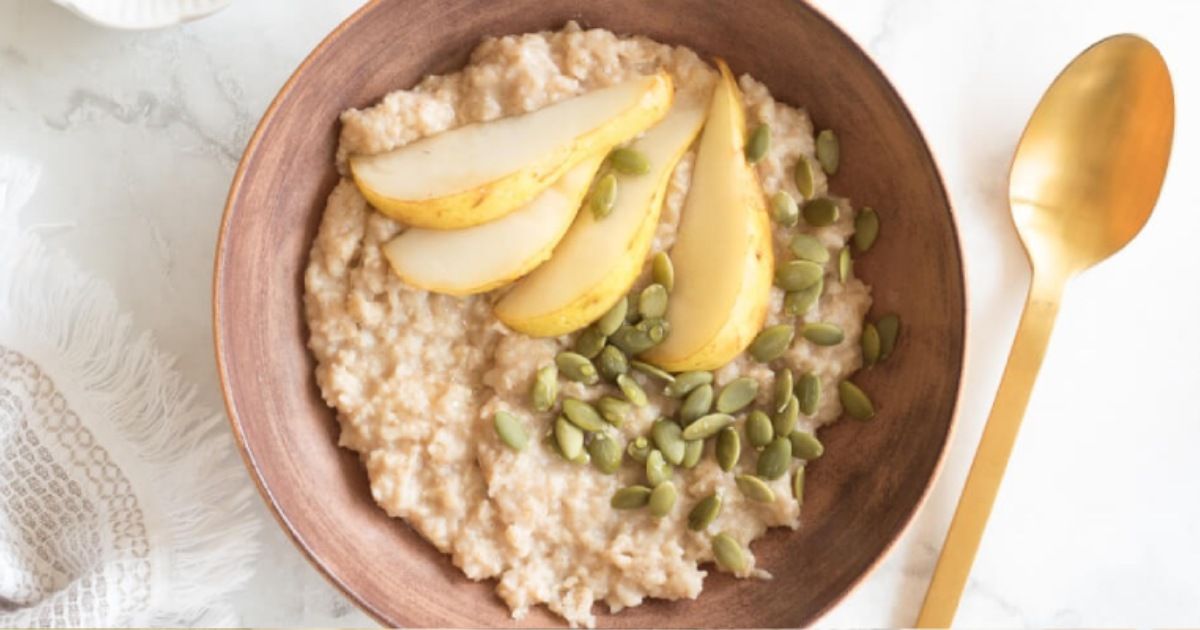American Heart Month: The Connection Between Heart Health and Chronic Diseases
Every February, we recognize American Heart Month, a time to raise awareness about cardiovascular health and the lifestyle choices that impact it. Heart disease remains the leading cause of death in the United States, but it doesn’t stand alone—many chronic diseases, such as diabetes and high blood pressure, are directly linked to heart health. By understanding these connections, we can take proactive steps to improve our well-being and reduce the risk of heart-related complications.
The Link Between Heart Health and Chronic Diseases
Diabetes and Heart Disease
People with diabetes are twice as likely to develop heart disease or experience a stroke compared to those without diabetes. High blood sugar levels can damage blood vessels and nerves that control the heart. Additionally, diabetes often comes with other risk factors, such as high blood pressure, unhealthy cholesterol levels, and obesity—all of which further increase the risk of cardiovascular disease.
Hypertension (High Blood Pressure)
High blood pressure is one of the biggest risk factors for heart disease. When blood pressure remains consistently high, it puts extra strain on the heart and arteries, increasing the risk of heart attack, stroke, and heart failure. Many people with hypertension may not experience noticeable symptoms, making regular check-ups and lifestyle modifications crucial.
Obesity and Heart Disease
Carrying excess weight—especially around the abdomen—can lead to conditions such as high cholesterol, high blood pressure, and insulin resistance, all of which contribute to heart disease. A heart-healthy diet combined with regular physical activity can make a significant difference in managing weight and reducing cardiovascular risks.
Steps to Protect Your Heart
The good news is that lifestyle changes can help prevent or manage many chronic diseases that contribute to heart disease. Here are some essential steps to prioritize heart health:
1. Adopt a Heart-Healthy Diet – Focus on whole grains, legumes, fresh fruits and vegetables, and lean proteins. Reduce sodium, added sugars, and unhealthy fats.
2. Stay Active – Aim for at least 150 minutes of moderate-intensity exercise per week, such as brisk walking, cycling, or swimming.
3. Monitor Your Blood Pressure and Blood Sugar – Regular check-ups can help catch issues early and prevent complications.
4. Manage Stress – Chronic stress can contribute to high blood pressure and heart disease. Mindfulness, meditation, and physical activity can help manage stress levels.
5. Quit Smoking and Limit Alcohol – Smoking and excessive alcohol consumption are major contributors to heart disease. Quitting smoking and moderating alcohol intake can greatly improve heart health.
Take Action This American Heart Month
American Heart Month is the perfect time to evaluate your lifestyle and make small but impactful changes to protect your heart. Whether you’re managing diabetes, hypertension, or other chronic conditions, prioritizing heart health can improve your overall well-being. Take proactive steps today and encourage your family and friends to do the same—because a healthier heart leads to a longer, more vibrant life.
For guidance on heart-healthy meal planning and lifestyle strategies, schedule a consultation with me. Click here









